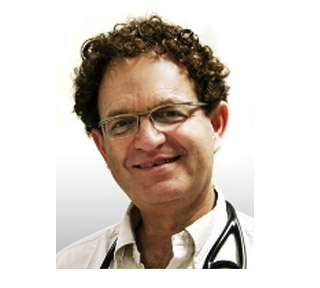
Besides, investigators share that at-risk patients will encounter a reckonable distinction in a portion of their heart rate known as The QT interval. The variation can be supposedly examined by an electrocardiogram. It was also evaluated that the QT interval reduces when the heart rate advances, although this response is not immediate. Scientists checked if sudden alterations in a body as it stands up would expose an abnormally prolonged QT interval patient with long QT syndrome (LQTS).
“Current screening methods offer no real therapeutic value, because very few people who experience arrhythmias, up to 20 percent of the population, will ever die from sudden death,” commented Dr. Sami Viskin of Tel Aviv University’s Sackler Faculty of Medicine. “Moreover, there is such a significant overlap between what’s normal and abnormal on an ECG that we need additional screening parameters. This test, when done on people with strong symptoms, can really give us doctors a yardstick to compare those at risk for sudden death syndrome to those who would otherwise go on to live a healthy life.”
Individuals who succumb to LQTS purportedly have a normal heart structure, but have issues with the electrical discharge in the heart. The study included 68 patients with LQTS and 82 patients control subjects who went through a baseline ECG while relaxing in the supine position. These people were asked to get up instantly and stand still during prolonged ECG recording.
The QT interval was scrutinized over several time frames. The LQTS patients as well as control subjects exhibited similar heart rate hastening in response to brisk standing. Experts revealed that the QT interval in LQTS patients augmented considerably. Additionally, they highlighted that untreated LQTS can be life-threatening but the therapies to treat it can be proficient.
The study was published in a recent issue of the Journal of the American College of Cardiology.
